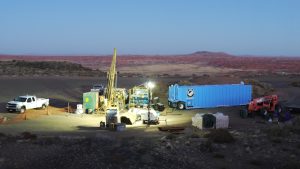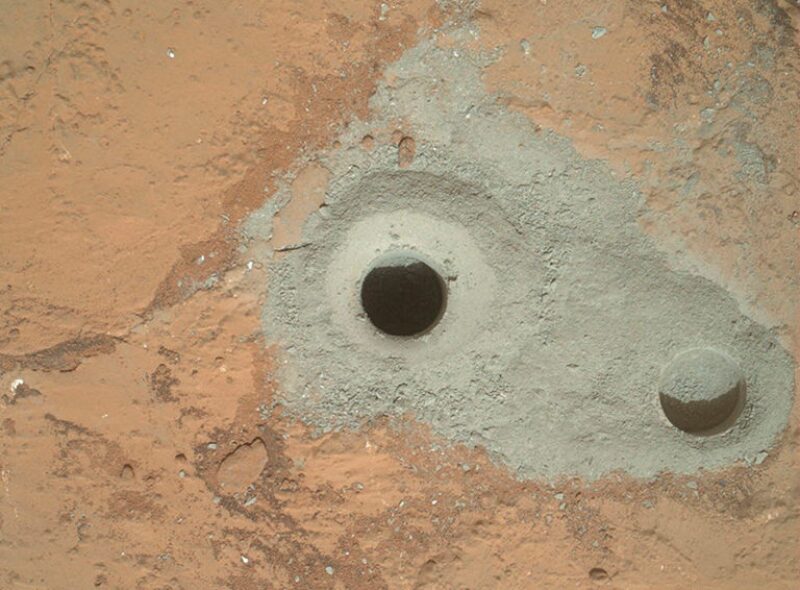Exploring the Unknown: Drilling in Extreme Environments
In the pursuit of knowledge and resources, humanity has often ventured into the unknown, pushing the boundaries of exploration to uncover the secrets of our planet. One such frontier is drilling in extreme environments, where the challenges are immense, but the rewards can be equally significant. Exploring the Unknown: Drilling in Extreme Environments
The Quest for Discovery
Drilling in extreme environments encompasses a wide range of locations, from the depths of the ocean floor to the icy expanses of polar regions. These environments pose unique challenges, including extreme temperatures, high pressures, and hostile conditions.
Deep Sea Exploration
One of the most challenging environments for drilling is the deep sea. With depths reaching thousands of meters, the ocean floor is a vast and largely unexplored frontier. However, advancements in drilling technology have enabled scientists and engineers to probe deeper than ever before.
Deep-sea drilling rigs, equipped with specialized equipment and submersibles, allow researchers to extract core samples and study the geological features of the ocean floor. These samples provide valuable insights into Earth’s history, including past climates, tectonic activity, and the evolution of life.

Arctic and Antarctic Exploration
The polar regions present another set of challenges for drilling operations. In these frozen landscapes, temperatures can plummet to extreme lows, making it difficult to operate machinery and equipment. Despite these challenges, researchers are eager to explore these regions for their potential wealth of resources and scientific discoveries.
Drilling in the Arctic and Antarctic regions has uncovered valuable data about past climates and environmental changes. Core samples extracted from ice sheets reveal information about atmospheric composition, temperature fluctuations, and even ancient civilizations.
The Importance of Exploration
While drilling in extreme environments presents numerous challenges, the knowledge gained from these endeavors is invaluable. Understanding the geology and ecology of these regions can provide crucial insights into Earth’s past, present, and future.
Furthermore, exploration in extreme environments has practical applications beyond scientific research. Discoveries of new oil and gas reserves, minerals, and other resources can drive economic development and energy security. Additionally, studying extreme environments can help us better understand how life adapts and thrives in hostile conditions, with potential implications for astrobiology and space exploration.
Conclusion
Drilling in extreme environments is not without its risks and challenges, but the rewards are worth the effort. From uncovering Earth’s geological history to unlocking new sources of energy and resources, exploration in these regions expands our knowledge and capabilities as a species.
As technology continues to advance, we can expect further discoveries and breakthroughs in the field of drilling in extreme environments. By pushing the boundaries of exploration, we continue to push the boundaries of what is possible.

